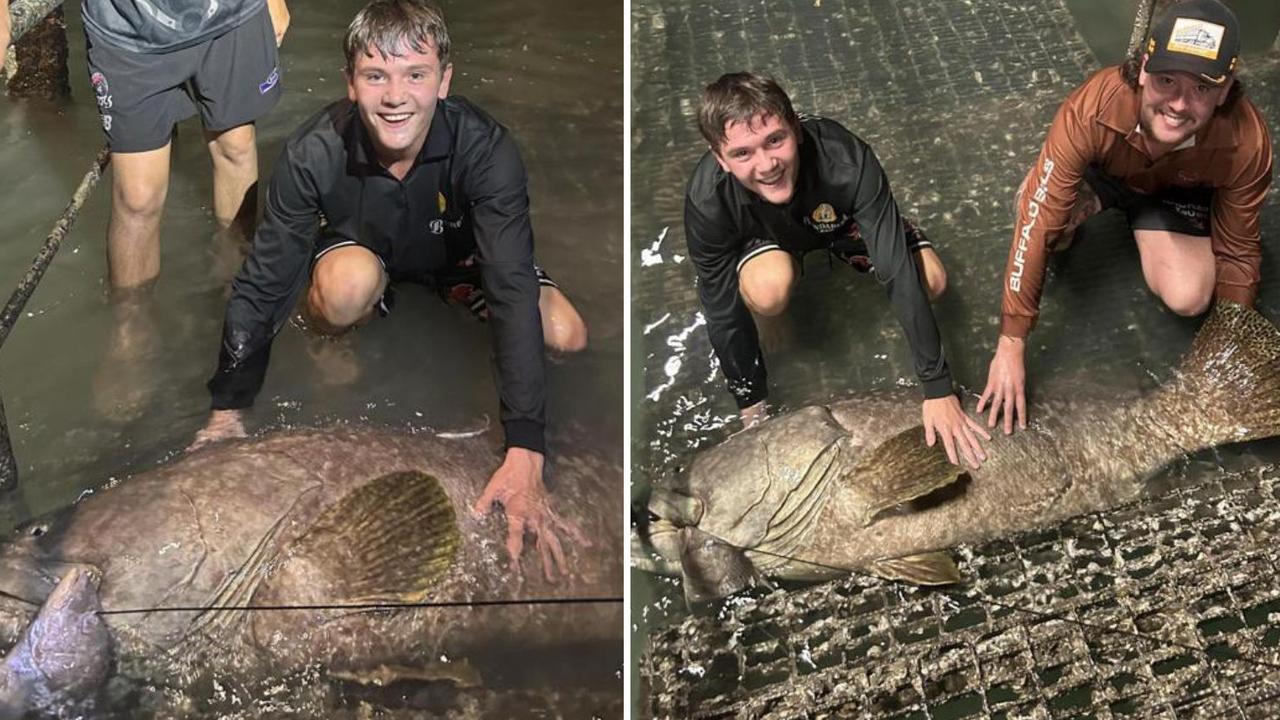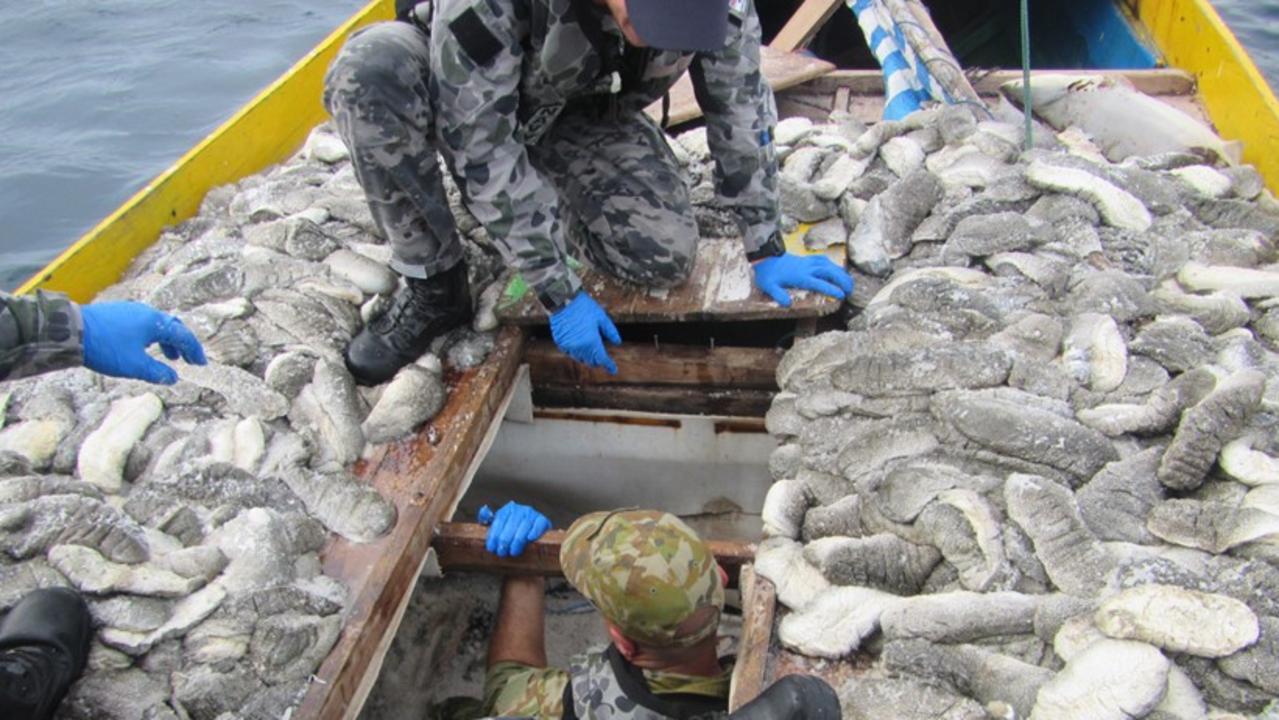Melting Arctic sea ice sends walrus packing
Pacific walrus that can’t find sea ice for resting in Arctic waters are coming ashore in record numbers on a beach in northwest Alaska.

Fishing
Don't miss out on the headlines from Fishing. Followed categories will be added to My News.
Pacific walrus that can’t find sea ice for resting in Arctic waters are coming ashore in record numbers on a beach in northwest Alaska.
An estimated 35,000 walrus were photographed recently about 8km north of Point Lay, according to the US National Oceanic and Atmospheric Administration.
Point Lay is an Inuit Eskimo village 482km southwest of Barrow and 1126km northwest of Anchorage.
The enormous gathering was spotted during NOAA’s annual Arctic marine mammal aerial survey, spokeswoman Julie Speegle said.
Observers last week saw about 50 carcasses on the beach from animals that may have been killed in a stampede and the agency was assembly a necropsy team to determine their cause of death.
The gathering of walrus on shore is a phenomenon that has accompanied the loss of summer sea ice as the climate has warmed.
Pacific walrus spend winters in the Bering Sea. Females give birth on sea ice and use ice as a diving platform to reach snails, clams and worms on the shallow continental shelf.
Unlike seals, walrus cannot swim indefinitely and must rest. They use their tusks to “haul out” or pull themselves on to ice or rocks.
As temperatures warm in summer, the edge of the sea ice recedes north. Females and their young ride the edge of the sea ice into the Chukchi Sea, the body of water north of the Bering Strait.
Sea ice has receded north beyond shallow continental shelf waters and into Arctic Ocean water, where depths exceed 3km and walrus cannot dive to the bottom.
Young animals are vulnerable to stampedes when a group gathers nearly shoulder-to-shoulder on a beach.


